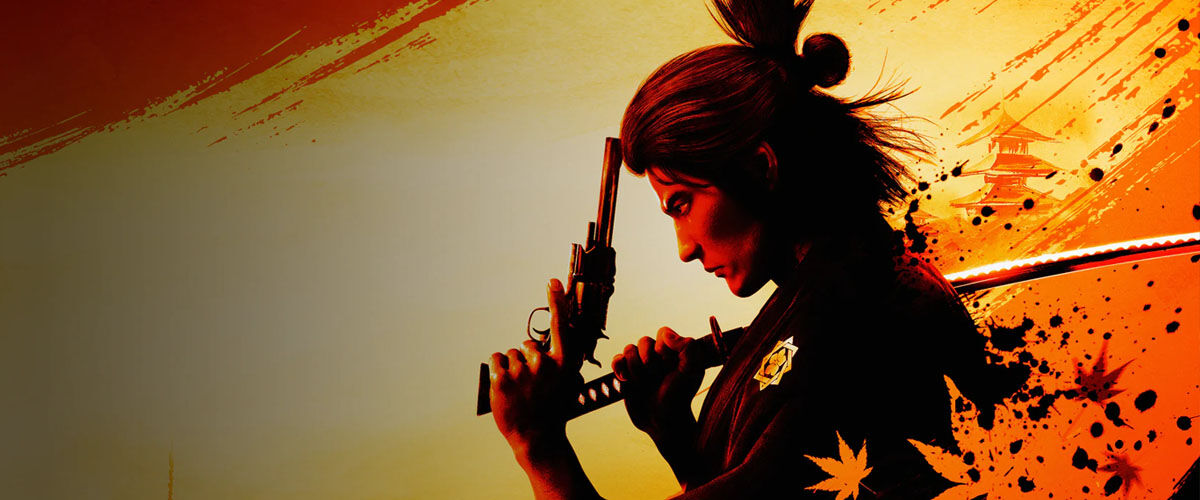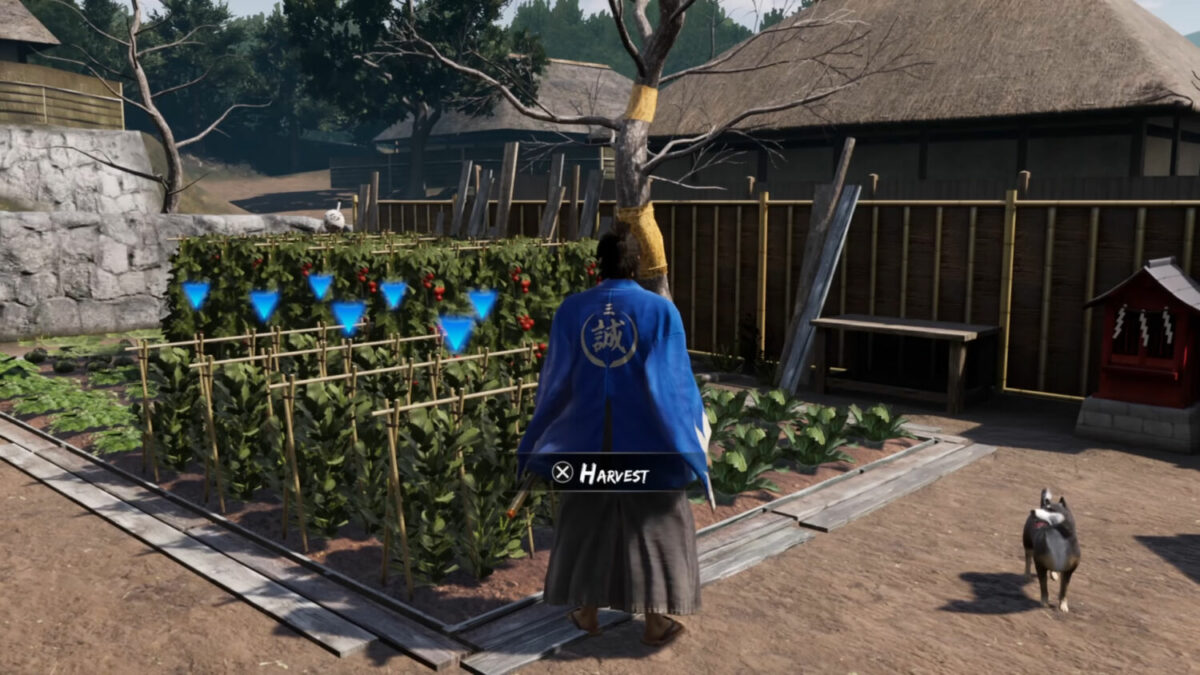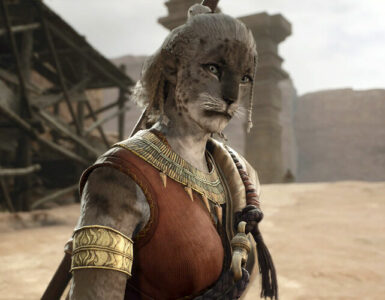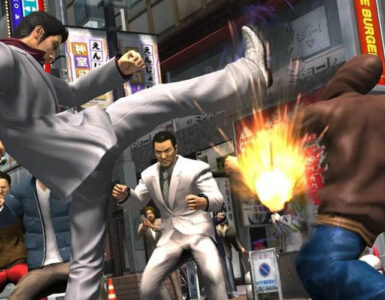Not everyone will find joy in Ryu Ga Gotoku Studio’s action adventure role-playing game series Yakuza, now known as Like a Dragon, but there’s no arguing that its reputation continues to precede the franchise offerings. From memes of their over-the-top presentation, to the long-running gag of a muscular, stern, and fearsome former yakuza member singing “Bakamitai” in karaoke bars, the series has wormed its way into the mainstream space, making its mark as a goofy, entertaining beat-em-up adventure.
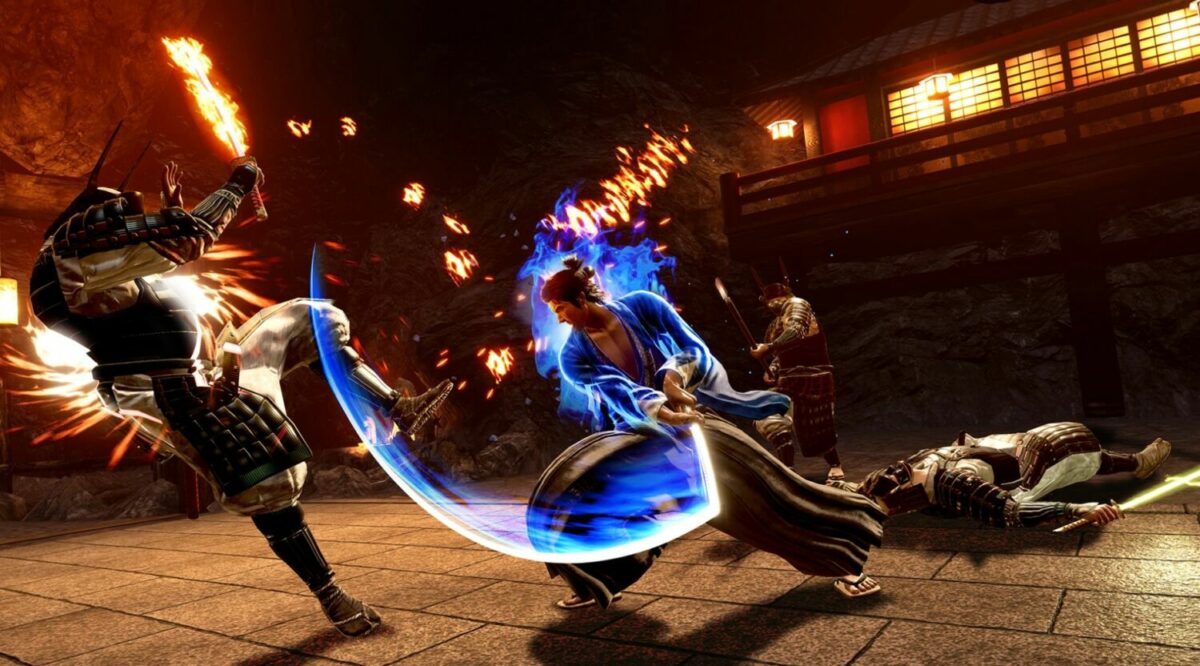
Underneath this flair for the dramatic and veneer of absurdity, however, reside serious tones and emotional nuances that often promise narrative twists, forming part of the bigger plan to tell a story rooted in sincerity and heart. The mainline Yakuza titles have always stuck to the formula, so it stands to reason that Like a Dragon: Ishin!, the latest remaster of the 2014 game, heads down the same path.
Originally a Japanese-exclusive release, the updated version for PC and PlayStation 5 remains largely faithful to its PS3 counterpart. It looks good, plays well enough, and delights with plenty of fun jaunts, proving its worth as a welcome homecoming for returning fans. There are some elements, however, that hold the game back from reaching its full potential, owing to its inherently antiquated game mechanics.
Don’t be mistaken: having one foot in the past isn’t necessarily a minus point here. Like a Dragon: Ishin! thrives in its natural habitat, which evidently carries its roots over from the Yakuza series, and this sense of familiarity is established right in the beginning. Sakamoto Ryoma may be the new samurai poster boy driving the story, but he is Kazuma Kiryu in all but name, sporting both facial and personality resemblances.
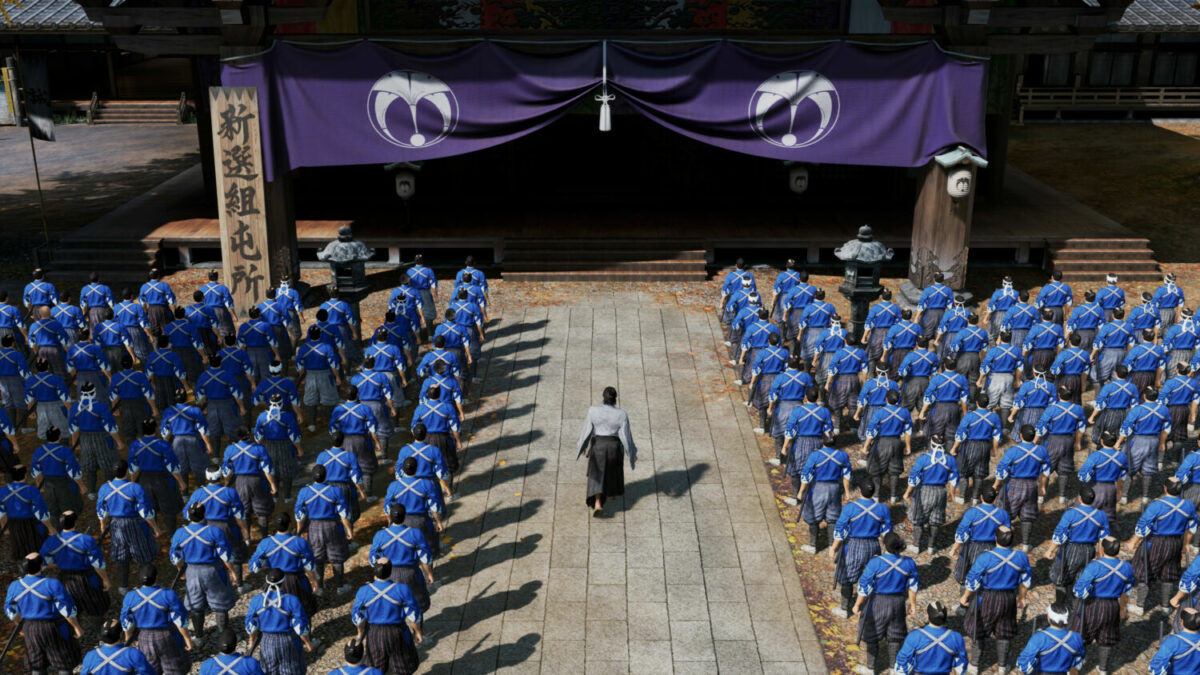
The narrative scope proves to be more grandiose. Instead of the bustling streets of Kamurocho, players are thrown back in time to the Bakumastsu era, a time spanning the 1860s in Japan that heralded the final years of the ruling Tokugawa shogunate. Between the imperial loyalist uprisings, power struggles, and looming foreign powers that threaten Japan’s then-isolationist policy, the turbulent period sets the perfect stage to weave in some political intrigue and murder mystery fanfare.
Kyo, or 19th-century Kyoto, serves as a hub for all the action, with its semi-open-world environment turning the game into a segmented affair. On the one hand, an episodic period thriller sees Ryoma hunting for the culprit behind the assassination of his surrogate father under the moniker of Saito Hajime; on the other, players are free to roam the city and interact with friendly shopkeepers, quirky, oddball characters, and even pets.

It’s during such moments that the game gets in touch with its wild side. In classic Yakuza fashion, there are numerous substories and mini-games lined up in Like a Dragon: Ishin!, the former of which ranges from wholesome and meaningful to absurdly entertaining. A random encounter tasks Ryoma with running errands for an injured old lady; in another, a woman approaches him and asks for phallic-shaped vegetables in a seductive voice. The sheer difference in nature makes questing a curious-inducing and enjoyable experience, as is the case with other side activities. It doesn’t hurt, too, that completing them rewards players with points that can be spent on upgrading various skills and stats, such as having more health or sprinting stamina.
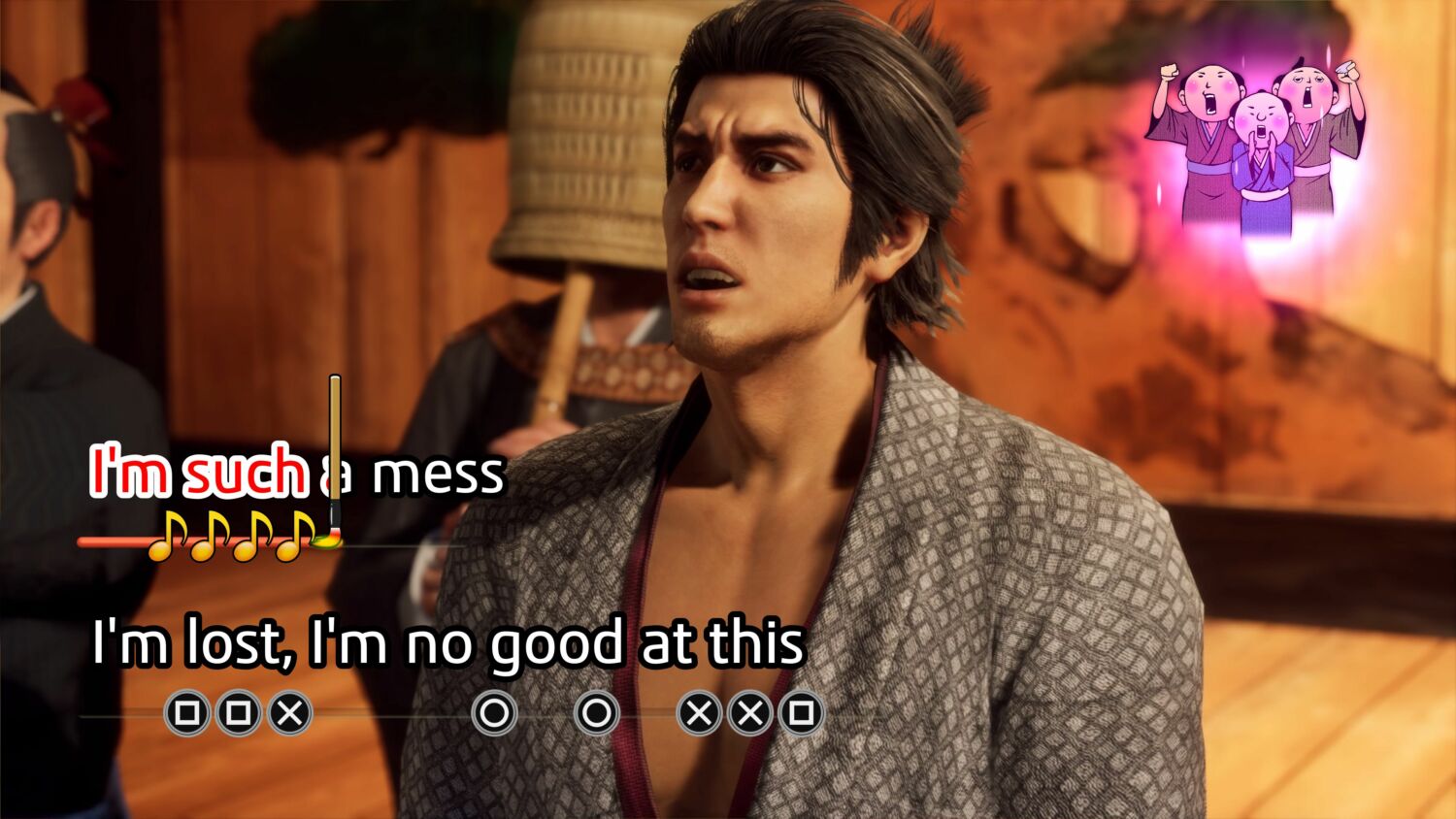
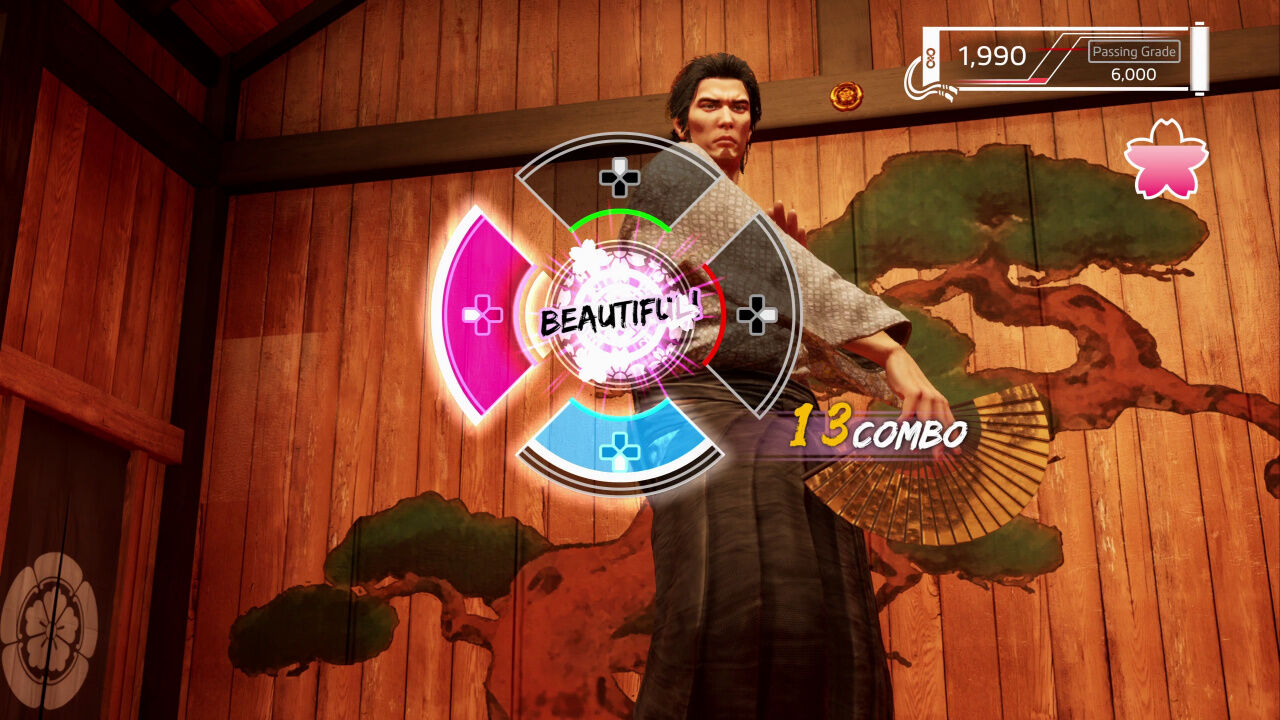
Karaoke, a fan favourite singing pastime, returns to delight players with a song selection that includes a Bakumatsu-era arrangement of “Bakamitai”, but if the dancing itch takes hold, there’s a performing theatre where Ryoma can show off his moves. Fishing at the sea or river nets (hah) some fresh catches that can be used for cooking in “Another Life”, a feature unique only to the period drama spinoff that brings players to a hut by the countryside.
Not only are crops grown and harvested there, a kitchen also allows room for whipping up dishes, which can be added to the inventory as healing items or delivered to other households for some extra cash. Residing in the space is Haruka, whom Ryoma takes in as a ward and can interact with to maximum bond levels, and a total of four cats and dogs, which are adopted once their friendship meter is maxed out.
These moments of downtime are a fun way to break away from the monotony of fighting. While trawling through the streets, Ryoma will cross paths with hostile ronin and wandering ruffians, and engage them in skirmishes. Unlike Judgment, the other Yakuza spinoff series that features turn-based mechanics, combat in Like a Dragon: Ishin! is standard Yakuza 0 and Kiwami fare, where real-time brawling runs the show.
What this offers is the ability to switch between four different styles with the tap of the d-pad: the art of the fist, katana, and pistol, as well as a sword-and-gun hybrid. Each has their own strengths and is better built for some scenarios than others – for instance, wielding the sword and gun simultaneously makes it easier to mow down multiple enemies at one go, even if damage is reduced, while the sword deals more, but is ill-equipped to handle ranged attacks (one can only block so many bullets, after all).

Barehanded brawling is easily the weakest of the lot, simply because weapons hit harder and have a more effective reach. That’s a pity, as the style does pack a lot of explosive potential and can be handy in a pinch, from the very brief period of invulnerability following a successful parry to the Komaki Cat-Like Reflexes ability that breaks your fall after being struck, so you can get back to your feet almost immediately.
Similar to both Yakuza titles, the period drama spinoff also includes a skill tree for each fighting style. Levelling up unlocks orbs that grant access to more health points, new abilities, and flashier finishing moves, which are executed by filling up a circular Heat gauge and pressing the key for Heat Actions when the prompt pops up – just like how fans would remember. The difference here is the rating system that grades players on their overall offense, defense, and technique, and rewards them accordingly (scoring higher, naturally, nets more experience and money).
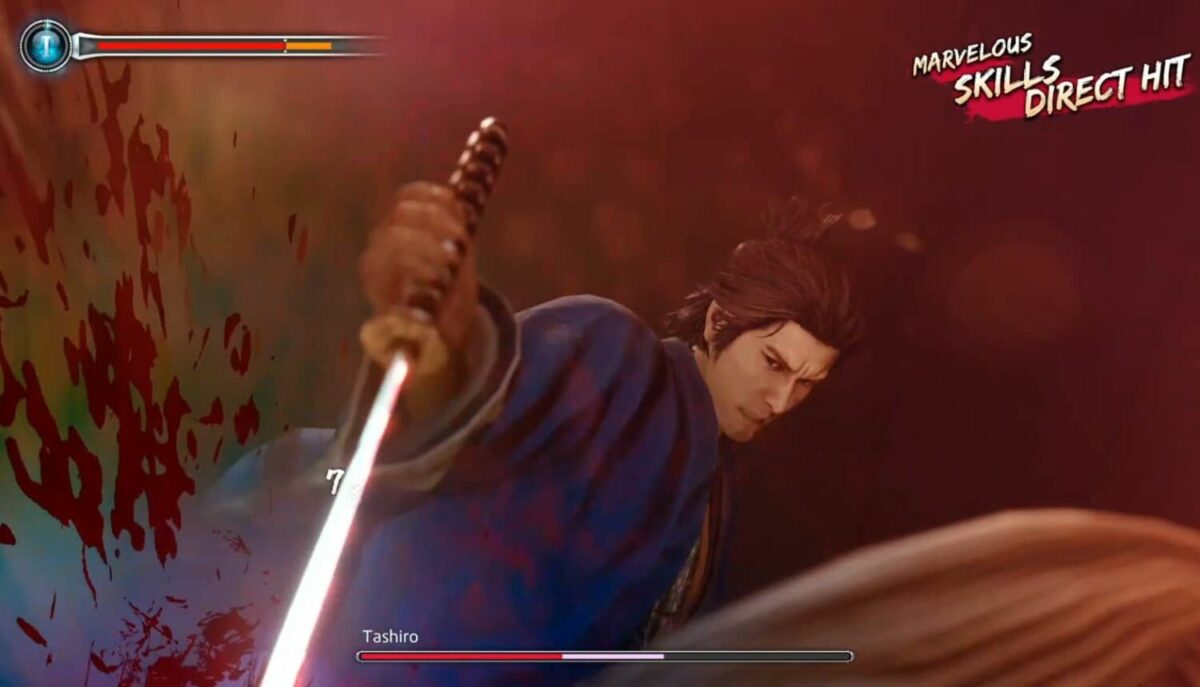
This scorecard encourages players to switch up their fighting styles and combine different moves, which continues to be the best part about combat. Pulling off spectacular combos proves to be a satisfying experience, and it’s always cool to see a new Heat Action unfold. There are, however, niggling issues that make skirmishing a bit of a mixed bag, particularly in two scenarios: boss fights and group encounters.
See, grand showdowns are meant to be challenging. The opponent is designed to be overpowered, dishing out massive damage and sending players to the deepest levels of despair. Even so, high-difficulty games like Dark Souls or Bloodborne still ensure that the fight is fair, with players being able to parry, block, or counterattack in some other way.
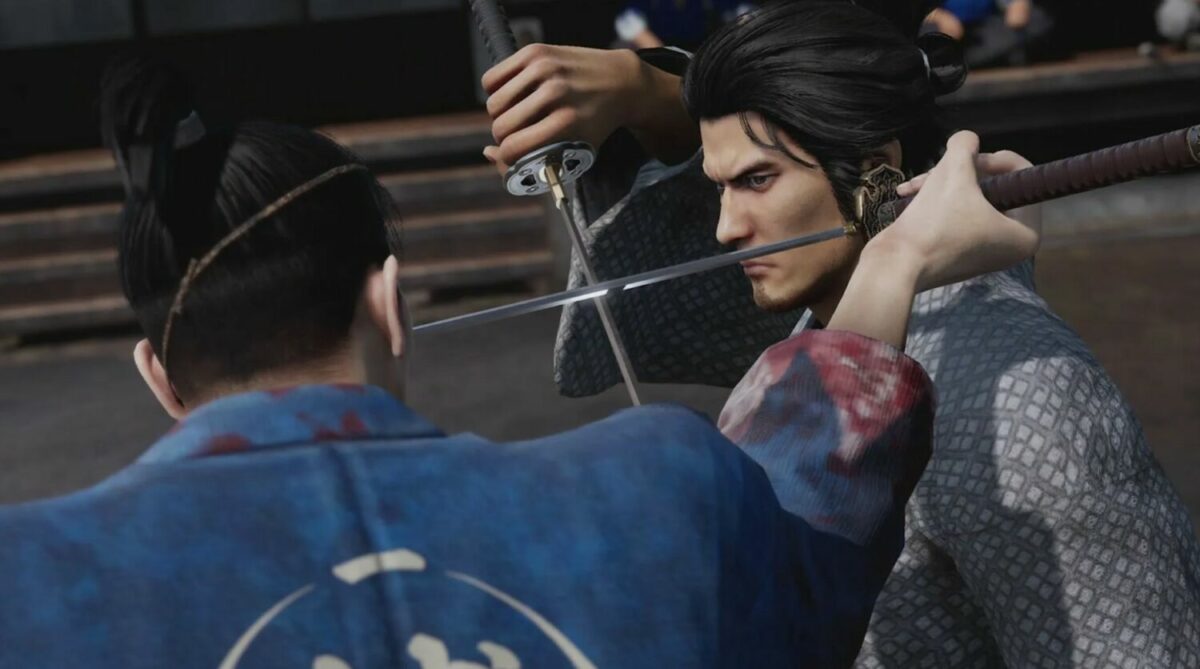
In Like a Dragon: Ishin!, there are bosses with unblockable attacks that when dodged, only leads to a flurry of follow-up combos that Ryoma is much too slow to defend against. Other times, stunlocking gets in the way of things, leaving players trapped in their unmoving states and unable to fight back on equal footing. These instances are thankfully rare, but the unbalanced treatment can be frustrating at times, especially since the game doesn’t go easy on the back-to-back battling sequences.
It doesn’t help that there are other gripes – also present in the Yakuza games – that can cost you the match. The lack of a quick access wheel to food and healing items in the inventory, the awkward change in camera angle mid-battle, the window of lag before the command for Heat Actions appears, and the clumsy targeting system are reminders that the game doesn’t fully escape its dated form. Newcomers, in particular, may find this missing finesse off-putting, though it shouldn’t affect returning players too much.
The game does present three main ways to improve Ryoma’s odds in battle, taking the form of smithing, trooper cards, and special weapons. The first involves finding the right materials to forge a particular weapon, gun, or armour at the blacksmith, enhancing existing ones with seals that give additional or different perks, and dissembling them to obtain more materials. It works similarly to the crafting system in other RPG titles, with completing dungeon crawler-like missions being the other way of collecting resources.
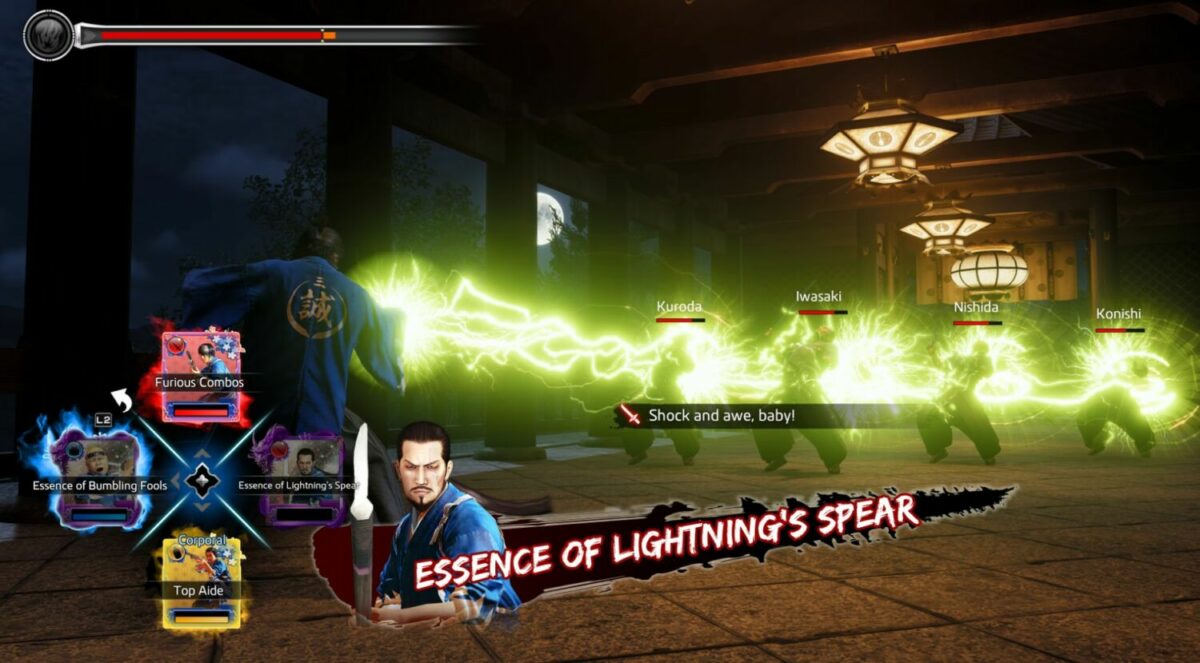
Once this dungeon-based experience is unlocked, trooper cards will be made available to players. One of the more interesting mechanics in Like a Dragon: Ishin!, the feature is reminiscent of ability triggers in traditional card games, with the troopers categorised into different classes and equipped with various skills that can be activated in combat. Upgrading or finding better cards isn’t compulsory, since it’ll take some time to amass the rarer, more powerful ones, but the boost they offer are often very helpful in tougher battles.
Using special weapons is the most straightforward approach of the lot, but the ability has to be unlocked on the skill tree first. Following that, Ryoma will be able to wield the odachi, spear, and cannon in battle, the former of which are activated by switching to brawler style and pressing the down button on the d-pad. The use of cannons is more scenario dependent, available only in skirmishes where the weapon is lying around or being used by the enemy forces. Do note that while these special weapons hit harder and dish out more damage, brandishing them will not grant any weapon experience.
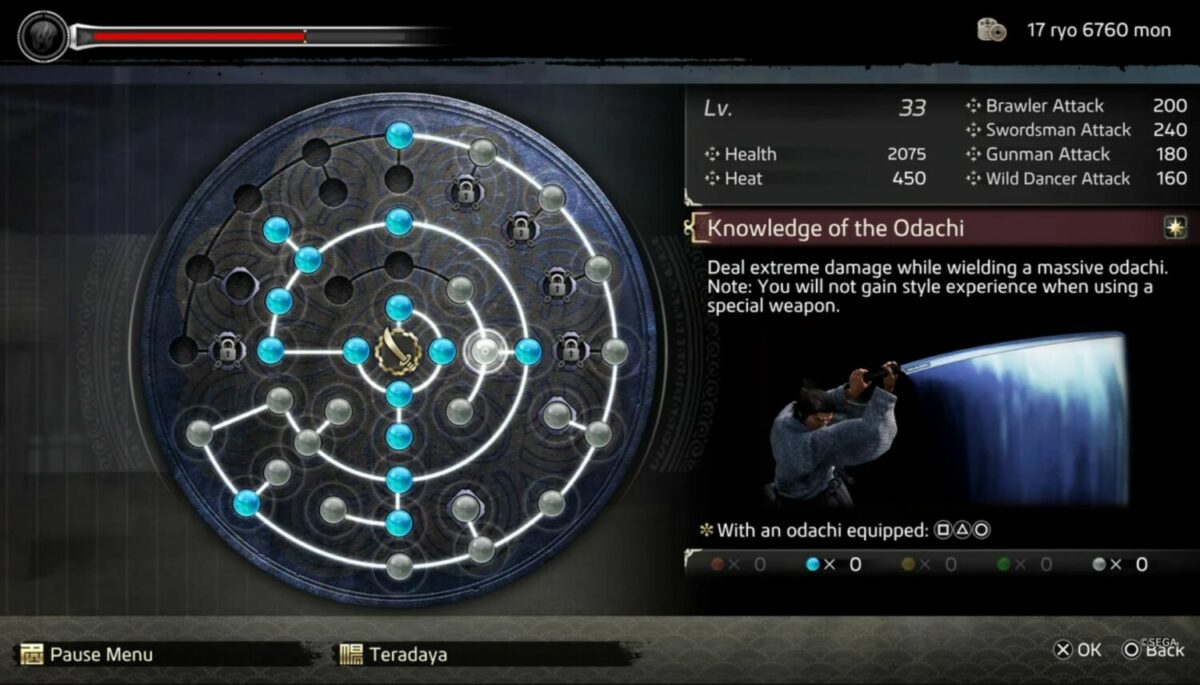
The samurai way of life in Like a Dragon: Ishin! means every fight, from casual skirmishes to boss battles, is more violent than in the Yakuza games. While the shift aligns with the context of the game, it can be jarring to see Ryoma, in the feudalistic skin of Kiryu, spill blood and brutally stab through his enemies, since the latter stays away from killing canonically. There are indeed some similarities between the pair, such as their hearts of gold, the unwavering commitment to their respective moral code, and the exhibition of chivalrous behaviour, although Ryoma is arguably less confused and more level-headed.
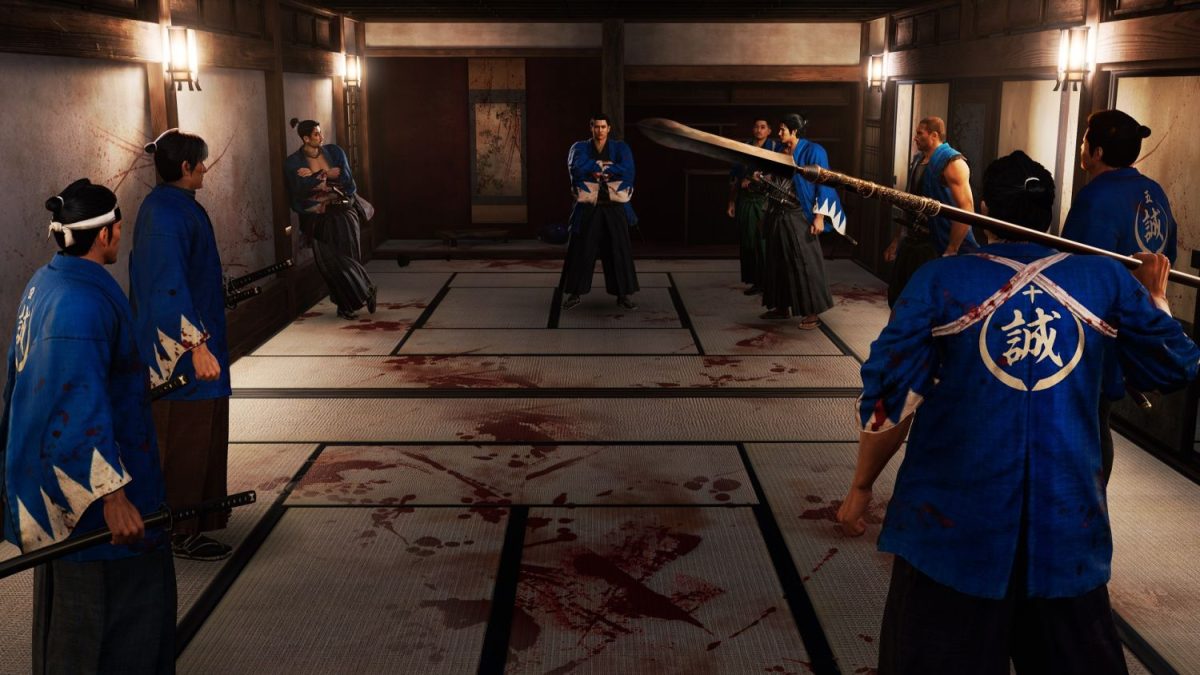
The character isn’t the only one who bears a physical resemblance to its Yakuza counterpart, either. Most of the Yakuza cast appear in one form or another here – fellow Shinsengumi comrade Soji Okita, for instance, takes after the infamous Goro Majima (complete with the ‘Mad Dog’ label and eyepatch look), whereas Yakuza 0’s antagonistic Dojima lieutenant Daisaku Kuze gets a makeover as Shinsengumi’s third-in-command Ito Kashitaro.
More than just a nostalgic nod, the (re)introduction of these faces acts as a solid middle ground between newcomers and veteran players: first-timers can embark on a fresh adventure without having prior knowledge of the Yakuza series, while enthusiasts are able to indulge in the return of fan favourite characters, albeit in a different form.
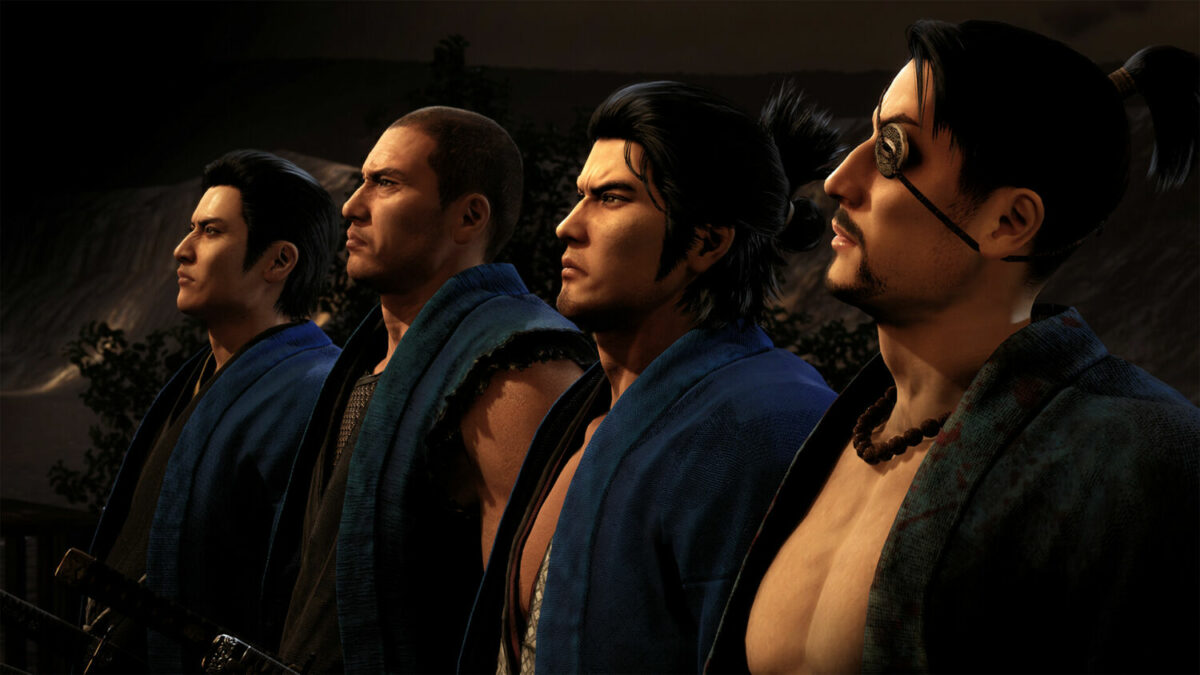
And they look really good, courtesy of the studio’s switch to Unreal Engine 5. The graphical overhaul has breathed new life into the ensemble cast’s appearances, accentuating their physical features and model detail in the cutscenes, which are performed brilliantly by the voice actors. Action sequences run equally smoothly, and Kyo is gorgeously rendered with signs of vitality permeating densely-populated areas, particularly during nighttime.
There are, however, occasions where the game’s antiquated origins make themselves known, such as when non-playable characters (NPCs) glitch into walls, or when basic movements take on a stiff, marionette-like quality. This lack of polish is a little underwhelming, considering the more impressive performances and massive improvements present in other modern remaster and remake titles.

The world of Like a Dragon: Ishin!, as such, doesn’t quite compare to the bustle that Kamurocho brings to Yakuza, since there are some quieter, emptier streets that rob players of the same liveliness, so it’s nice that the remastered title has included a signature element from the series: Don Quijote. Call it unrealistic or illogical, but Like a Dragon: Ishin! never claimed to be an accurate study of history anyway.
After all, it’s a fictional reimagining of the past that includes actual historical figures – the characters are all modelled after their real-life counterparts, as are some of the chapter names – and events, so expect plenty of creative freedom along the way. Keep your eyes and ears open, and you might even catch cameos of other well-known names, such as Natsume Sosaku, a wordplay on the famous Japanese author Natsume Soseki.
Funnily enough, some of the side activities and missions do a better job at addressing the issues of the Bakumastsu era than the main story. The “Ee Ja Nai Ka” questline, for example, gives a brief introduction to the real-life movement, often understood as social and political protests, while the arrival of foreigners in Kyo and the citizens’ hostile treatment towards them references the country’s past enforcement of the isolationist policy.
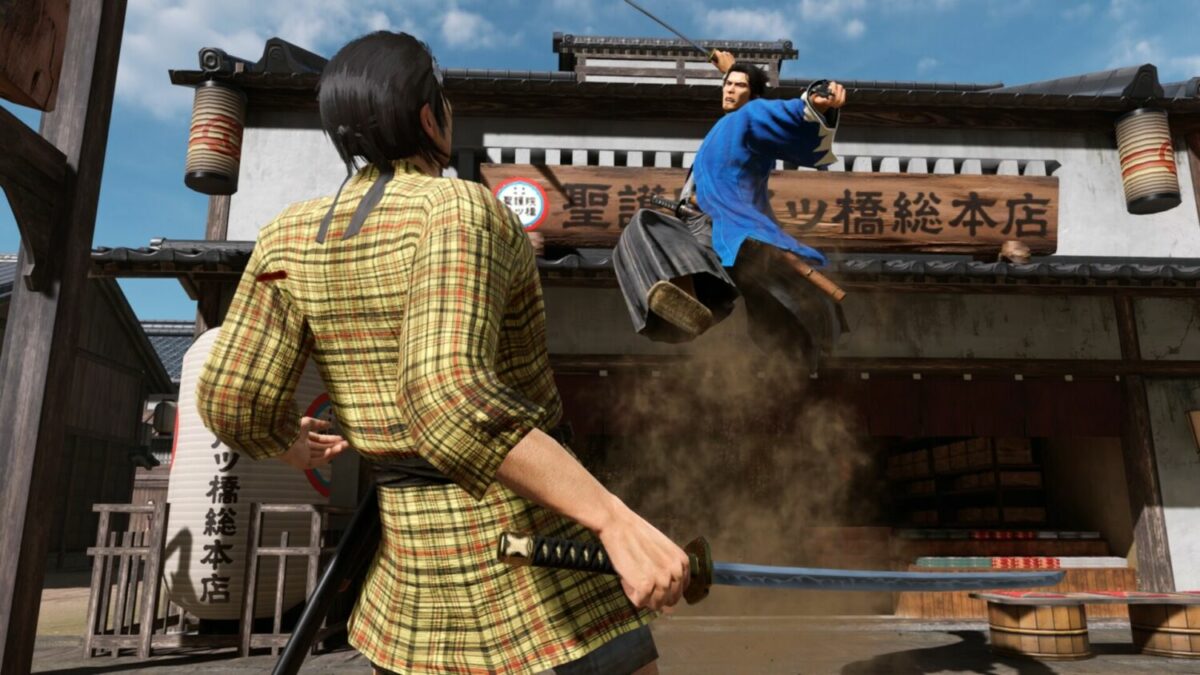
In contrast, the main narrative can be a little confusing, and it’s easy to lose sight of the historical significance of these events amidst the story twists (which for longtime Yakuza fans, are rather formulaic and predictable) and unravelling of multiple double identities. Some may also find the ending to be anticlimactic, following the intense lead-up to the grand moment, but Like a Dragon: Ishin!, as a remaster, cannot be faulted for its beat-by-beat adaptation of the original.
Oozing the charm of the Yakuza series, the game is a welcome return to an all-too-familiar formula, wrapped nicely in a new coat of paint that would delight longtime fans. The devil’s in the details, however, and that’s where its delivery falls short, with the lack of polish in certain areas dulling its otherwise sharp edge, and leaving behind a nagging feeling that it could have been something more.
GEEK REVIEW SCORE
Summary
Like a Dragon: Ishin! mostly succeeds in bringing a fresh spin to the Yakuza series, but the enjoyable jaunt isn’t free of hiccups.
Overall
7.9/10-
Gameplay - 8/10
8/10
-
Story - 8/10
8/10
-
Presentation - 8/10
8/10
-
Geek Satisfaction - 7.5/10
7.5/10

